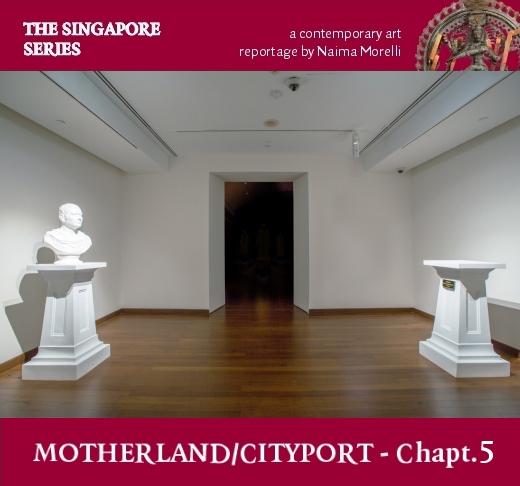
Audience anxiety
In 2017, I visited a show a of ceramic artist Iskandar Jalil, in dialogue with the young Singaporean artist Gerald Leow at the National Gallery of Singapore. Gerald’s day job was set design, and it showed from his intervention in the show, which was very subtle. He built a metal structure evoking the traditional house of Inskandar with a simple metal outline. I was looking forward to seeing the show since the artist mentioned that he was doing research from it in our first interview, and I peered out curiously into the room. Before I had the chance to set foot inside, the gallery sitter, gentle as ever, handed me a flyer: “Please find here some information about the show. You will find also the interview of the curator with Gerald Leow and some information about the content of the show. Please proceed to your left to see the exhibition.” Being a Neapolitan, so a rule-breaker by nature, I was about to blurt out: “Well, what if I want to start from the right?” After all, there was no chronology intended in the work, and there were no other people in room. But instead, I shut up and remembered where I was. And yes, I was in a place where the so-called audience anxiety was real.
Read More













